Source: Andriana Syvanych | Dreamstime.com
In the pursuit of the acheiving the ideal hue for your hair client, encountering issues such as uneven tones, color bands or a noticeable line of demarcation can be disheartening. These concerns not only compromise the aesthetic appeal of the hair but can also pose a challenge to rectify. In this guide, we’ll explore the nuances of hair color banding, the significance of professional hair color and the intricacies of the line of demarcation in hair and discuss effective techniques to avoid and correct these common color mishaps.
Understanding Hair Color Banding
Hair color banding manifests as the uneven distribution of color, resulting in visible stripes or bands of varying shades throughout the hair. This issue often arises due to a combination of factors, including inconsistent application, improper coloring techniques and the use of products that may not be suitable for the hair type or color goals. To mitigate hair color banding, it’s crucial to understand the root causes of these common problems and adopt practices that promote uniform color application.
Uneven color application, like a shaky painter’s hand, can leave behind a patchy canvas of missed sections and oversaturated areas. Brushing techniques, meticulous sectioning and even product saturation all play a crucial role in achieving seamless coverage. Skipping pre-lightening steps, neglecting strand tests and haphazard root-to-tip processing can also leave visible unevenness.
Techniques to Avoid Hair Color Banding
Consistency in color application is a key factor in preventing hair color banding. Proper hair sectioning and ensuring even product distribution from roots to tips are fundamental practices. Understanding color formulation and utilizing the appropriate tools further contribute to achieving uniform results. Regular maintenance appointments and promptly addressing new growth are vital components of an effective preventive strategy, so make sure your clients know this.
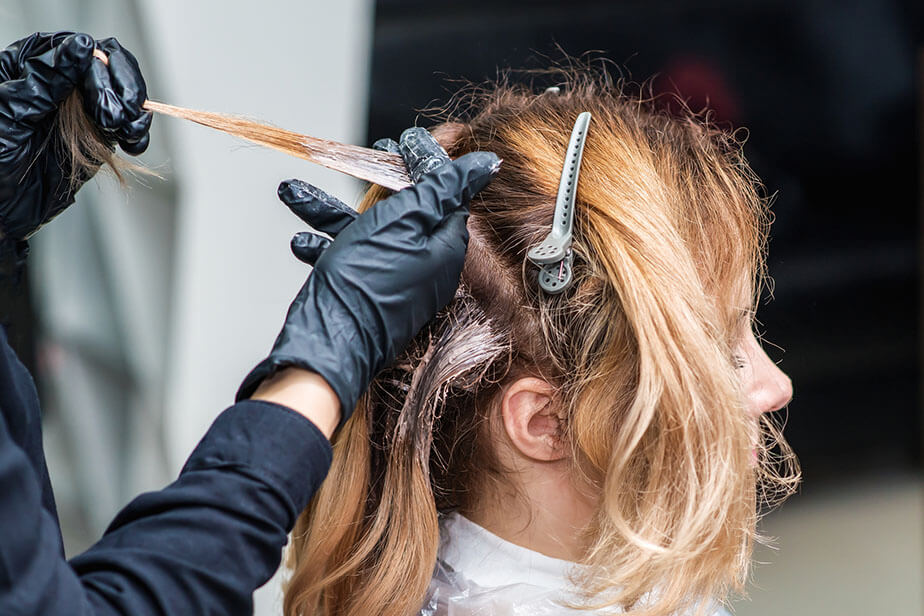
Source: Oksana Kukuruza | Dreamstime.com
Recognizing the Line of Demarcation in Hair
The line of demarcation becomes evident when there is a noticeable border between two different hair colors or textures, typically visible at the roots. This stark contrast can be attributed to various factors, including the natural growth of new hair, lingering effects of previous color treatments or inherent variations in hair texture. To address the line of demarcation, it’s essential to understand its origins and implement strategic color correction techniques that seamlessly blend different shades.
Tips for Minimizing the Line of Demarcation
To minimize the line of demarcation, employ blending techniques such as gradual color transition, feathering and melting. Working with natural hair patterns and choosing color shades that harmonize with these patterns contribute to a more cohesive and natural look. These considerations are essential for seamlessly integrating different hair colors and textures while avoiding the dreaded line of demarcation.
The Importance of Professional Hair Color
Choosing professional hair color offers a myriad of benefits that extend beyond mere aesthetics. These include the incorporation of high-quality ingredients that are gentler on the hair, the expertise of colorists in selecting shades that complement yout client’s skin tone and the overall reduction of potential damage during the coloring process. Professional hair color enhances the visual appeal of your hair and ensures a level of care that goes beyond what generic, over-the-counter products can provide.
How to Color Correct Hair
No one is immune to mistakes, even professional colorists. If you finish coloring a client’s hair only to notice that dreaded banding, you’ll have to color correct it. Correcting hair color requires a systematic approach, beginning with thoroughly analyzing the current color and defining the desired outcome.
You can use techniques such as color removal, blending and the strategic use of highlights and lowlights to rectify color discrepancies. Learning how to color correct hair can be tricky, especially since there is no one-size-fits-all solution. However, as a professional colorist, it’s a vital step in ensuring that you are prepared to provide the best possible services for your clients.
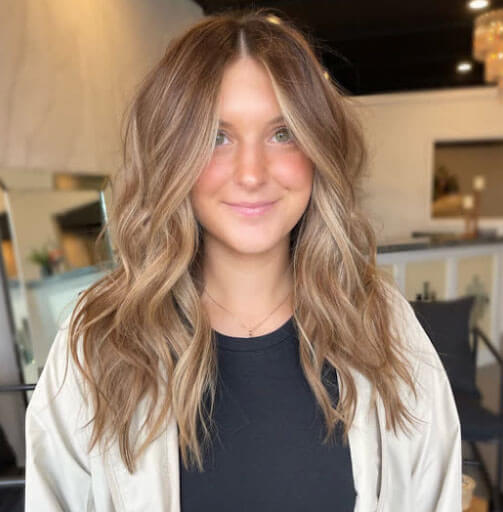
@brialaimostylist via Instagram powered by Squarelovin
Banish Hair Color Banding with Quality Products
Achieving flawless hair color is an art that involves a nuanced understanding of potential pitfalls such as hair color banding and the line of demarcation. By using professional-grade products, mastering effective color correction techniques and adopting best practices to prevent common issues, you can give your clients vibrant, even-toned hair that enhances their overall appearance. Remember — achieving your client’s ideal hair color is not just about style. It’s about understanding the science and artistry behind color and ensuring that your clients’ hair reflects the beauty they desire.






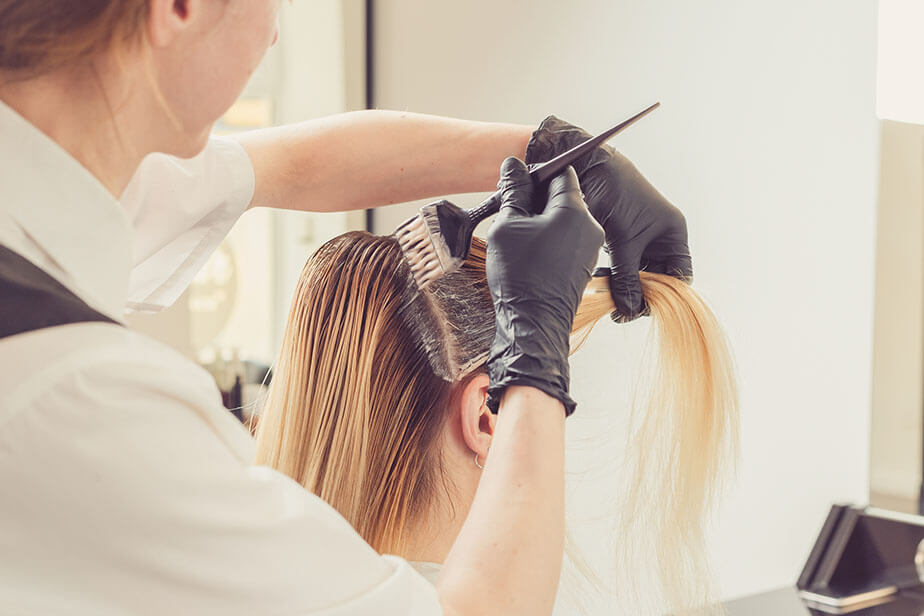




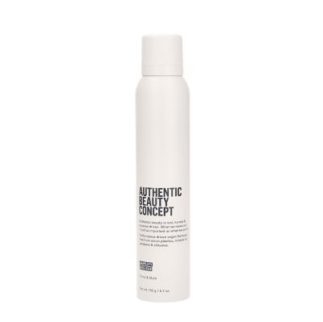
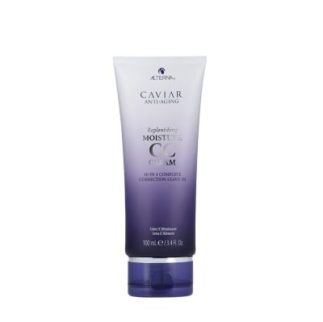

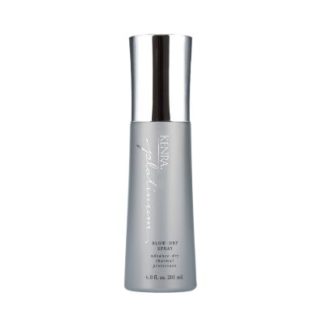
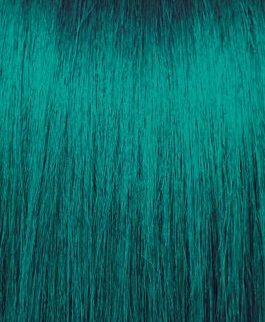
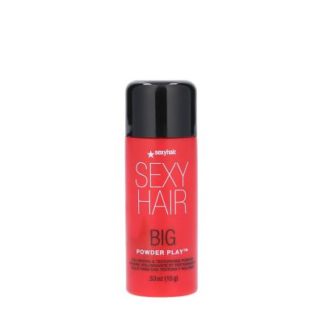
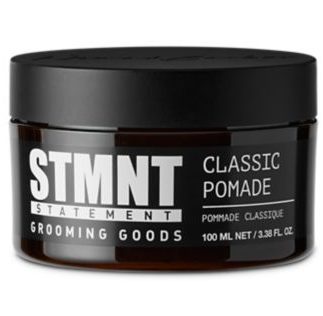
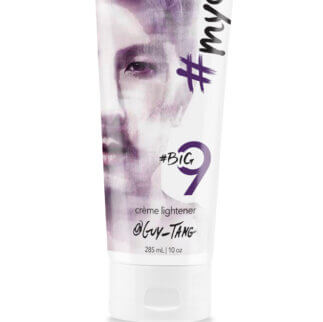
Share Your Feedback